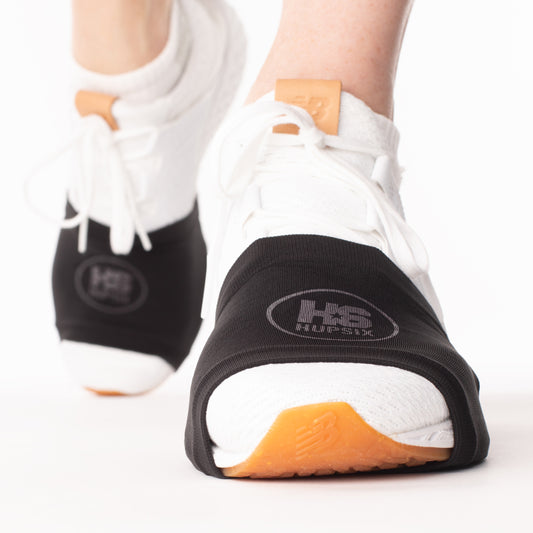
What Can I Do Instead Of Running?
Updated October 2025
Quick Answer: If you’ve been wondering what you can do instead of running for cardio, you’ve got options: HupSix, indoor cycling, rowing, jump rope, shadowboxing, or HIIT circuits. These are effective cardio alternatives to running that build endurance and improve heart efficiency—without pounding miles.
Why People Look for Running Alternatives
Running works, but it can be tough on joints, repetitive, and—let’s be honest—boring for a lot of people. That’s why so many search for cardio alternatives to running at home. The goal isn’t to quit cardio; it’s to find a format that keeps you in your training zones without living on a treadmill.
Public-health guidelines recommend 150 minutes of moderate or 75 minutes of vigorous cardio weekly. Vigorous minutes drive the biggest improvements. Your running alternative should deliver real time in those zones—not just movement.
Cardio Alternatives to Running (At Home)
- Indoor cycling or stationary bike: Low-impact and effective. Stay honest with resistance so you don’t coast.
- Rowing machine: Full-body cardio with a strong payoff; long footprint but highly efficient.
- Jump rope: Tiny footprint and powerful for cardio fitness; may be tough on knees/ankles for some.
- HIIT circuits: Burpees, climbers, squat jumps—fast path to vigorous zones with zero equipment.
- Shadowboxing: High engagement and coordination plus solid zone time in short sessions.
Every one of these can be a true cardio workout at home. Pick the format you’ll repeat week after week. If you’re comparing setups, see our Best Cardio Equipment for Home and Best Cardio Equipment for Small Spaces.
A Different Kind of At-Home Cardio: HupSix
HupSix was built for people who want the cardio payoff without the miles. Each 30-minute class uses patented gear (handles, bungee, weighted base) and music-paced rounds to keep you engaged so you can’t coast.
Classes follow six progressive rounds—learn a move, practice with timing clicks, then perform it full-out to music. When tracked with a chest-strap heart-rate monitor, most sessions log ≈ 40–50 minutes of cardio-zone time in just 30 minutes, thanks to a blend of moderate and vigorous effort from start to finish.
Besides endurance, you’ll train agility, coordination, and reaction—all from a yoga-mat footprint. Gear packs down to handbag size for storage. If you’re space-limited, compare it with our small-space cardio guide.
Why Intensity Matters More Than Miles
If you replace running with something too light—like casual walking—you're not replacing cardio; you’re replacing it with recovery.
- Moderate maintains: Good for holding fitness you already have.
- Vigorous improves: Drives adaptations that make your heart stronger and more efficient.
That’s why vigorous minutes count double toward weekly targets. The scoreboard isn’t steps or calories—it’s minutes in the zone.
Cardio Workouts at Home That Actually Work
Stationary cycling, rowing, jump rope, shadowboxing, and HIIT circuits are excellent replacements for running.
Want built-in structure and variety? HupSix keeps you working in the right zones in a way that’s fun, compact, and easy to repeat.
On a budget? Compare options in Best Cardio Equipment Under $300.
Learn More
- Get the HupSix Gear
- I Hate Running — Here’s What to Do Instead (At Home)
- Cardio Alternatives to Running at Home
- Do This Instead of Running
- Best Cardio Equipment for Home
- Best Cardio Equipment for Small Spaces
-
Best Exercise Equipment Under $30
FAQs
Q: What can I do instead of running for cardio?
A: Choose workouts that keep your heart in moderate and vigorous zones—cycling, rowing, jump rope, HIIT, or HupSix classes.
Q: What’s the best low-impact alternative to running?
A: HupSix and indoor cycling are joint-friendly and make it easy to hit target zones.
Q: How do I know it “counts” as cardio?
A: Use a heart-rate monitor. Track minutes in your moderate and vigorous zones—those minutes drive adaptation.


